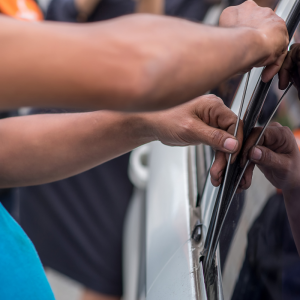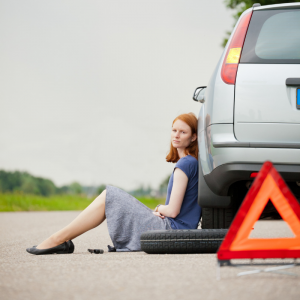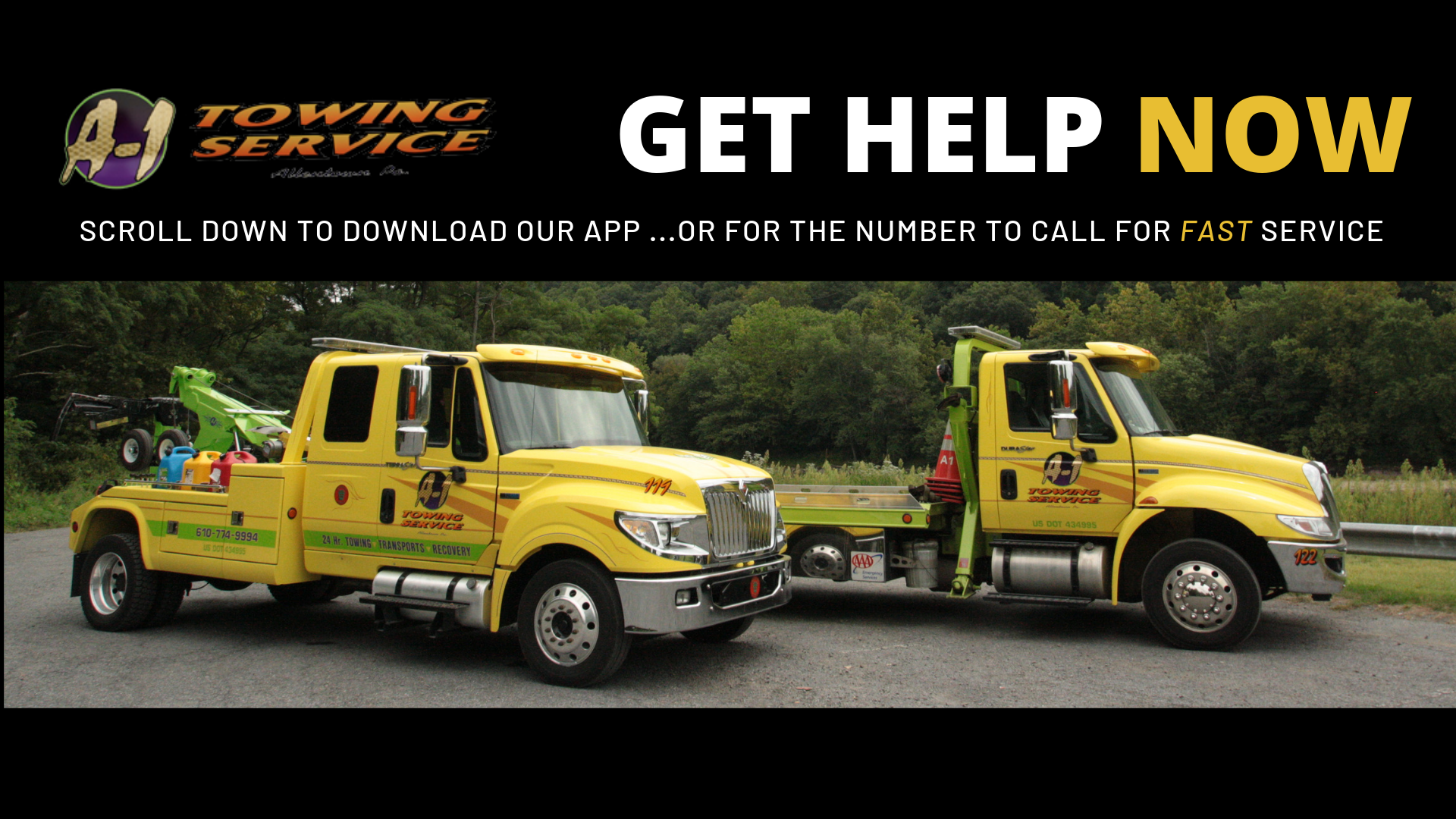Helpful tips
What to do, in case you need assistance
Accident - What to do

If you are in an accident without serious injuries, move the cars to the side of the road. Leaving the cars in the middle of a road or intersection could result in additional accidents.
If you car cannot be moved, or if there are injuries, stay in the car with seat-belts on until help arrives.
Turn on hazard lights. Call 911!
Exchanging information
If you are in a safe spot, exchange information with the other party(s) including:
- Names
- Addresses
- Phone numbers
- Insurance company and policy number
- Driver license number(s)
- License plate number for each vehicle involved.
- Include year, make, model and color of vehicle(s) involved
- Location of the accident and how it occurred
- Take pictures of damage to all vehicles
- If there were witnesses, get their contact information
Informing the Police
When the police arrive, an accident report will be filled out and filed.
If no police are present, and the damages will require insurance intervention, you should contact the local law enforcement department to file a report.
Who's at Fault?
Don't take blame for the accident, even if you think it may have been your fault. The other driver(s) may be equally or more at fault.
Avoid any conversation about who was at fault and do not discuss the accident with anyone but the police and your insurance company.
Locked out of car

Safety comes first; so don’t hesitate to call 911 if you think you’re in danger. Most police cars have a tool to unlock car doors.
Call for roadside assistance using our phone app. AAA, Allstate, and other organizations provide roadside service, though it could take a while for them to reach you. Utilizing our app will ensure you get fast professional service. In most cases we honor your AAA or insurance coverage.
Also, some major highways are patrolled by trucks offering emergency aid. Keep an eye out for one.
Flat Tire

A flat tire is caused by either a puncture; tire failure, damage to the valve system, excessive wear and tear, separation of tire and rim (due to collision), or a blowout due to the tires over or under inflation.
How can you tell if you have a flat tire while driving?
You may feel sluggishness on acceleration, or a feeling that the brakes are on. If one of your front tires is flat, the car will pull toward the side of the flat tire.
Some newer model cars no longer carry spare tires, not even a "donut" tire.
If you get a flat or blowout on a highway, pull over to the right shoulder and call for help. Use our phone app for fast roadside assistance.
Remember, safety first. A highway is a dangerous place to pull over and attempt to replace a tire.
How do you change a flat tire?
• Park car on a safe and flat surface
• Turn on hazard lights
• Turn off engine and pull hand brake. Put in PARK or 1st gear if you have a manual shift vehicle to ensure your car doesn’t roll while you change the tire.
• Try to block the other tires to keep the car from moving
• Get your tools and spare tire from your storage space
• Loosen lug nuts of flat tire using tire wrench. Do not remove nuts, only loosen (turn in counter-clockwise direction)
• Place jack under vehicle and raise car a couple of inches higher than the spare tire
• Place spare under car (beside jack) as a precaution, just in case jack slips
• Remove tire nuts
• Remove flat tire (you may have to "jiggle" or rock the tire loose)
• Replace with spare tire and place lug nuts
• Tighten lug nuts using a criss-cross pattern to ensure equal tightening
• Put the car back on the ground by removing jack
• Tighten all nuts again (turn in clock-wise direction)
Car Won't Start

Your car may not start for any number of reasons:
Nothing happens when you turn the key. Check the battery terminal cable connections. If they look corroded, loosen the bolts holding the connectors; use a wire brush or sand paper to clean the connectors and battery posts. Reconnect the terminals and test.
The car makes a clicking noise but won’t start. This sound usually means a dead battery or a loose wire to and from the starter.
The car cranks over but won’t start. Make sure you have fuel. If fuel is not the issue, you need professional assistance.
The engine starts but dies. You’ll need professional assistance for this.
How to jump start
1. Take out your jumper cables. If you don’t have jumper cables, you’ll have to find a someone who not only is willing to assist you but has jumper cables as well; otherwise, you'll need to call for assistance.
2. Place both cars in Park or Neutral (if it's a stick shift), with their ignitions shut off and their emergency brakes on.
3. Connect the cables. The positive cable has red clips at either end, and the negative cable has black clips. It’s important to attach them in the proper order:
a. First, attach one of the red clips to the positive terminal of your battery (it has “POS” or “+” on it, or it’s bigger than the negative terminal).
b. Attach the other red clip to the positive terminal of the other car's positive terminal.
c. Attach one of the black clips to the negative terminal on the the other car's battery.
d. Attach the last black clip to the other terminal on your battery.
e. Try to start your vehicle. If it won’t start, Have the other car start its engine and rev it up, while you try to start yours. If it still won’t start, you'll need professional help (probably a new battery).
How to raise your car's hood
Most newer cars have a hood release latch inside the vehicle, somewhere near the floor next to the driver’s left foot. Older cars, have the hood release behind the grill.
If the hood release is inside the vehicle, press, push, or pull it until you hear the hood pop open. If the hood release is at the front, look around and through the grill and feel under the grill for a handle, lever or arm; press, push, or pull it from front to back and side to side until it releases the hood.
The hood will open a little, but it will probably be stopped by the safety catch — a metal lever that, when pressed one way or the other, releases the hood so that it can open all the way.
With one hand, raise the hood as far as it will go.
With the other hand, feel along the area between the hood and the grill for the safety catch. Release it and raise the hood the rest of the way.
If the hood doesn't stays up all by itself, look for a hood prop — a long, thin metal rod attached either to the underside of the hood or to the bottom edge of the hood opening. Either lower or lift the rod (depending on where it’s located) and fit the end of it into the slot that’s provided to hold it in place.
